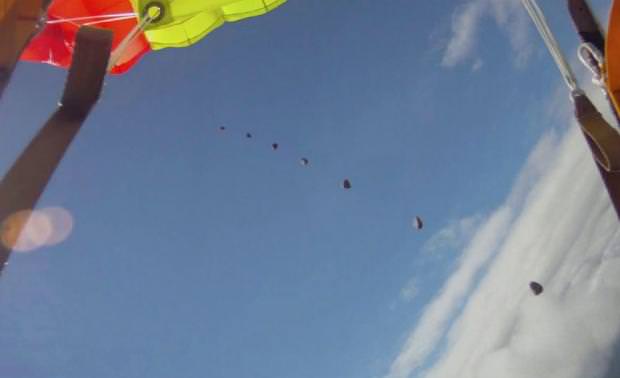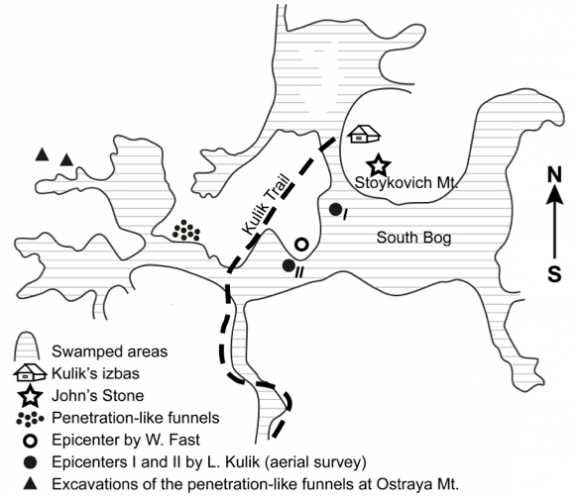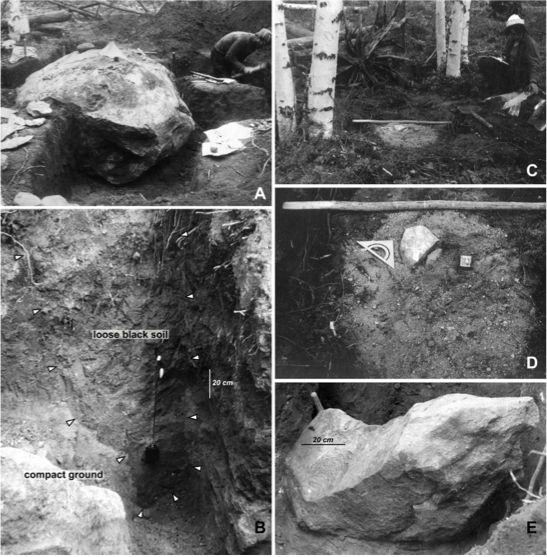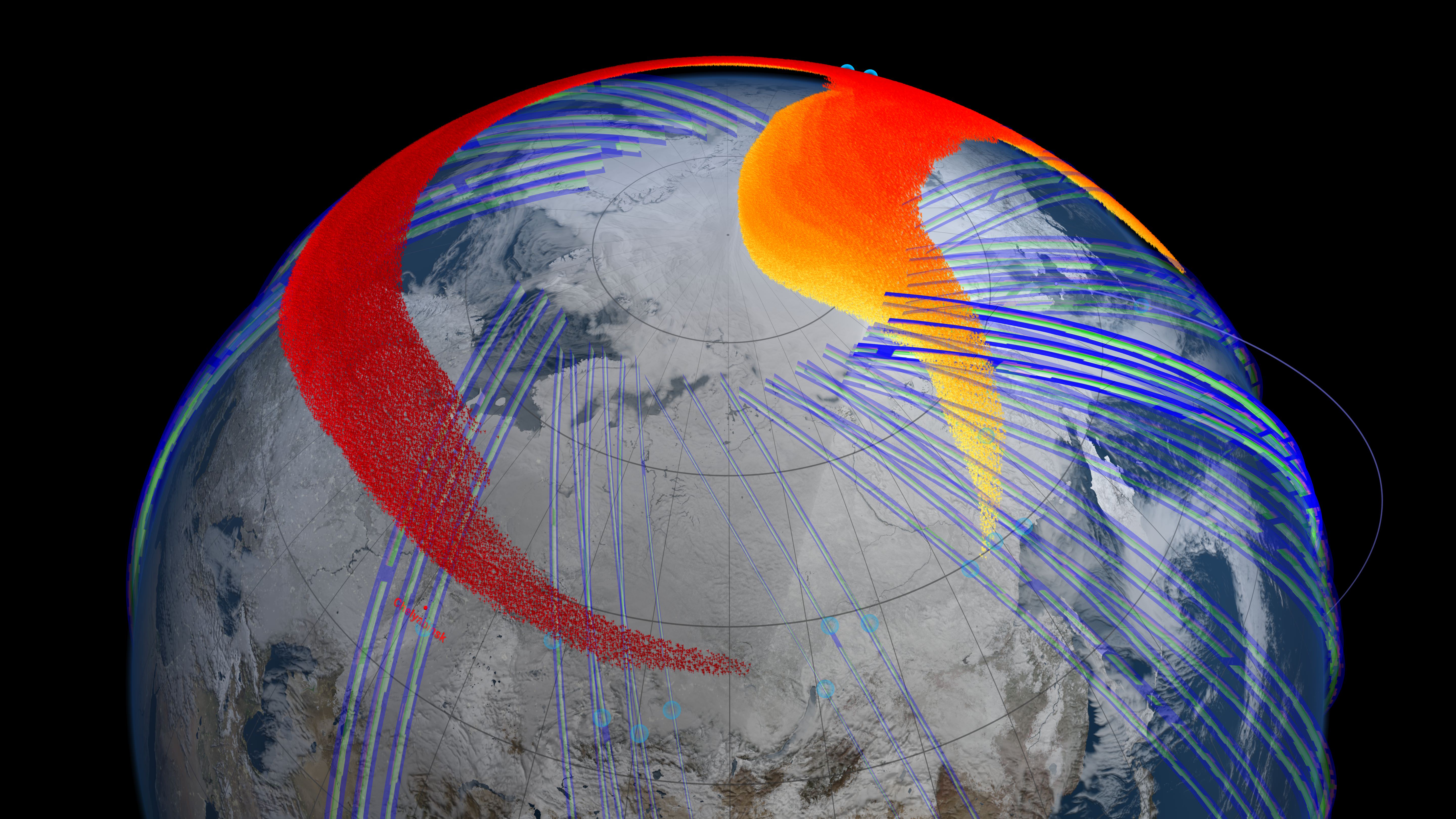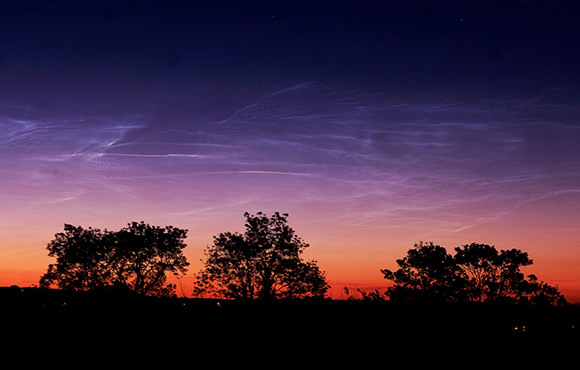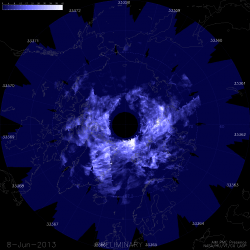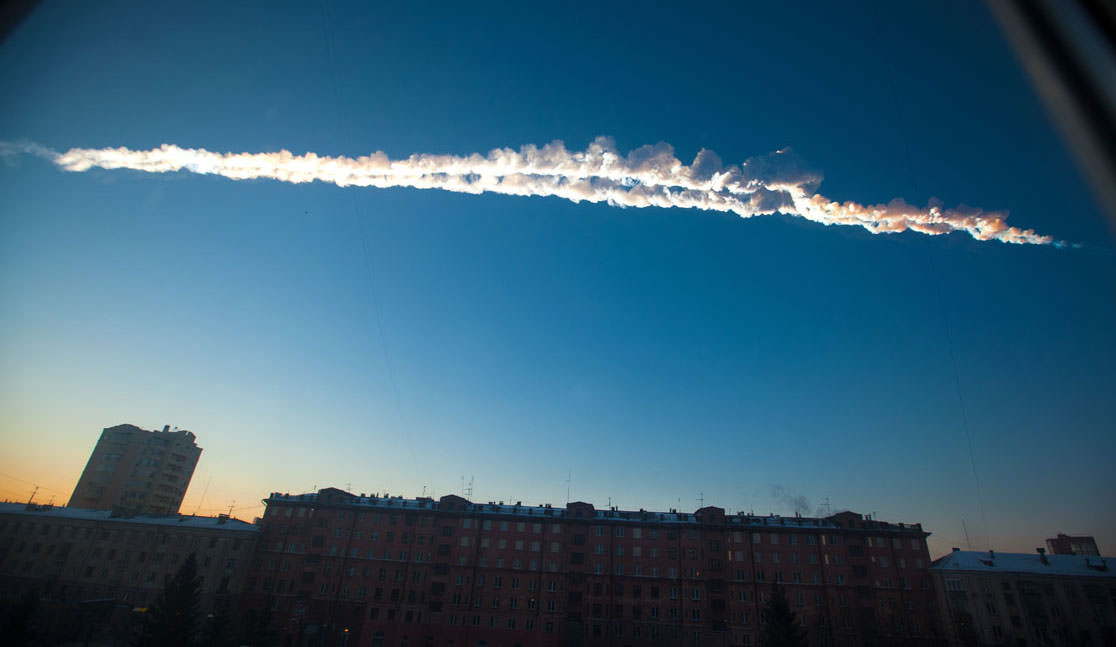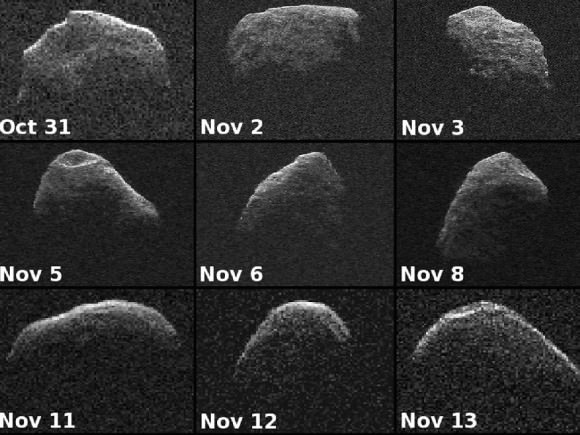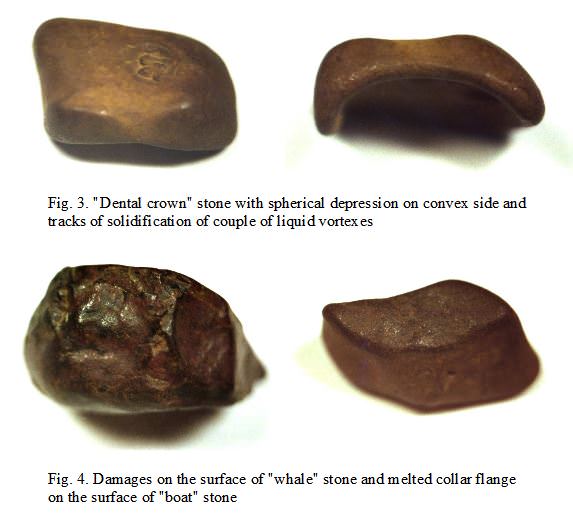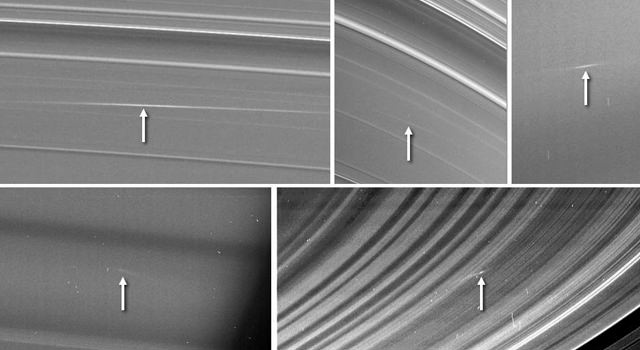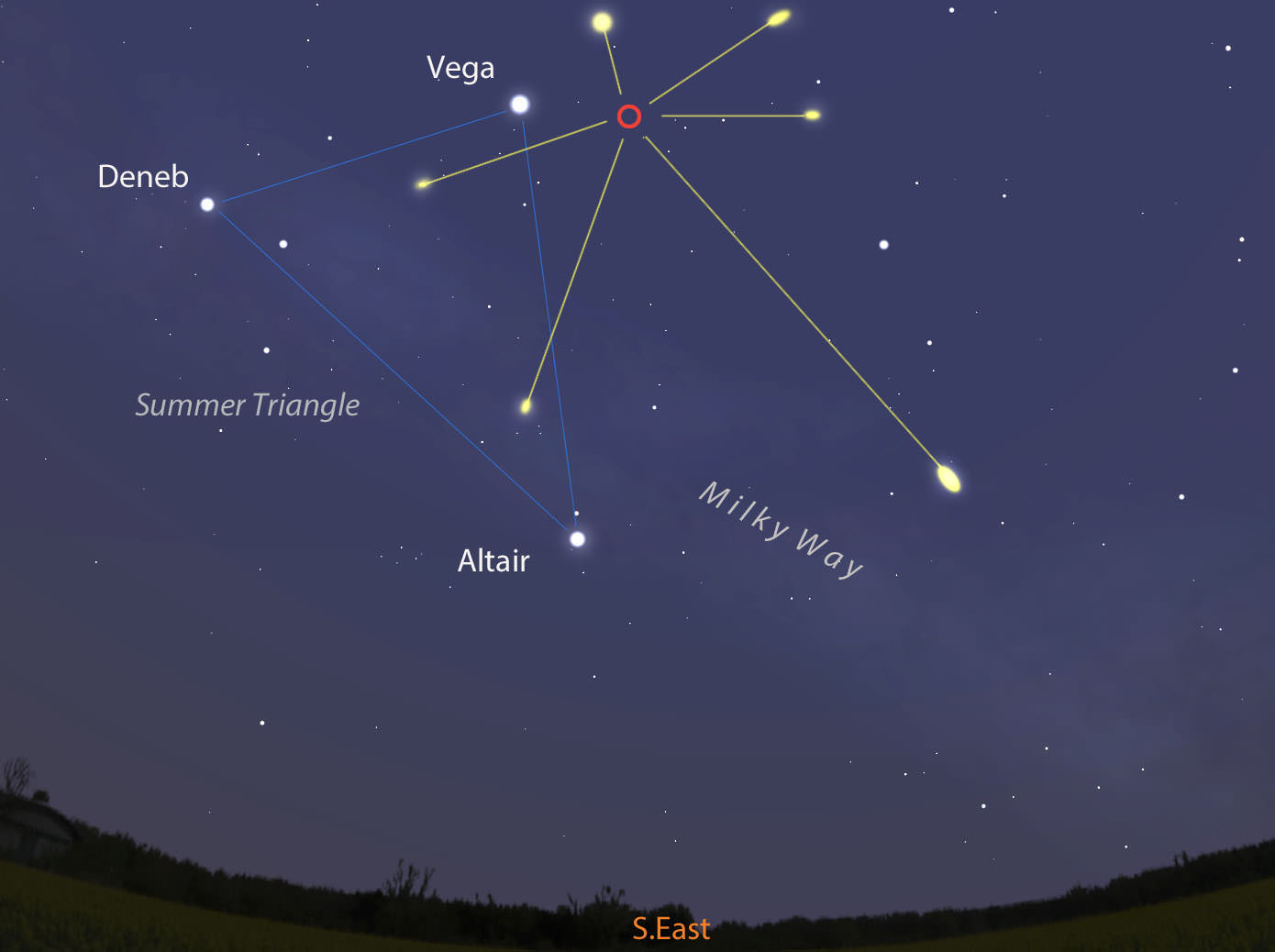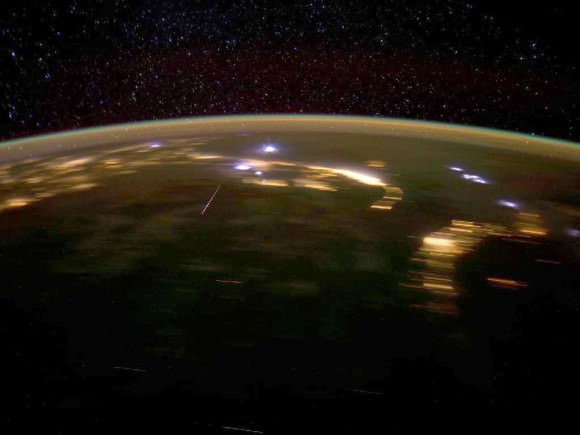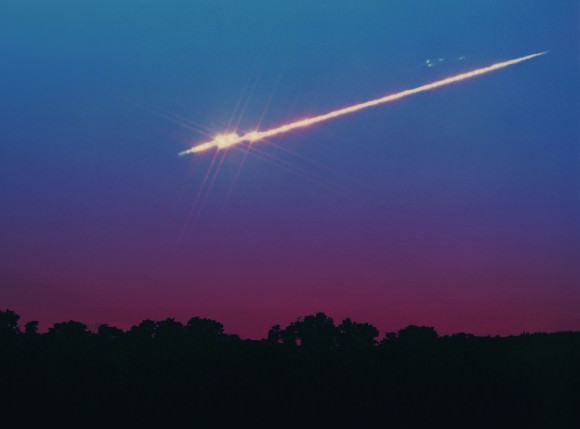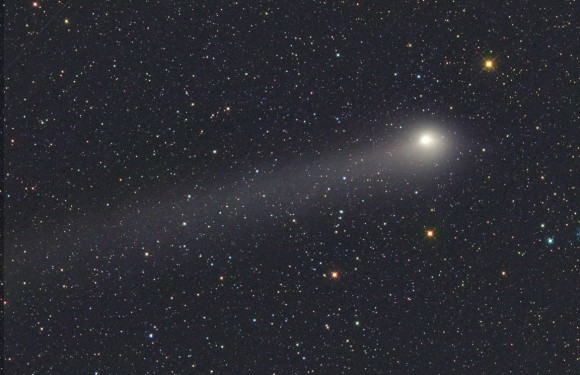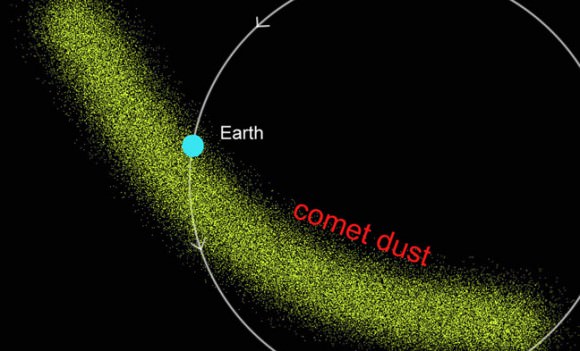It sounds like a remarkable story, almost unbelievable: Anders Helstrup went skydiving nearly two years ago in Hedmark, Norway and while he didn’t realize it at the time, when he reviewed the footage taken by two cameras fixed to his helmet during the dive, he saw a rock plummet past him. He took it to experts and they realized he had captured a meteorite falling during its “dark flight” — when it has been slowed by atmospheric braking, and has cooled and is no longer luminous.
UPDATE: See our new article on this topic: Follow Up on Skydiving Meteorite: Crowdsourcing Concludes it Was Just a Rock
Respected Norwegian astrophysicist Pål Brekke confirmed to Universe Today that the story is true and the video is authentic. “I was part of the investigation – and kept secret for two years – in hope of finding the meteorite,” Brekke said via a conversation on Twitter.
Since the search for the meteorite has come up empty so far, Helstrup’s story and video has been released in an effort to recruit more people to look for the rock — and to confirm that this actually was a meteorite.
“It has been a little hard to keep it as a secret,” Helstrup told Universe Today via email, “but everyone has been loyal to the project and helped us out!”
Here’s the video:
The rock zooms by at about :15 in this video:
You can watch a slower version in the video below.
Helstrup has been searching with friends, family and volunteers after getting advice from experts from the Geological Museum in Oslo, Norwegian Space Centre and Norwegian meteor network, making painstaking efforts to pinpoint the location of where the meteorite fell.
“The meteorite has for sure some possible hiding spots,” Helstrup said. “There is a forest with lots of different places it can easily disappear. Even if there is several areas where it would be found easily, there is a river, some marshy spots and areas and lots of high grass. Therefore the best chance of a finding would be in springtime. But we have high hopes!”
Finding the rock would provide the definitive confirmation it really was a space rock that Helstrup captured on film. There’s been much debate about the veracity of both the video and the claim (read Phil Plait’s look at the evidence) but in fact, it is Helstrup who might be most skeptical this was a meteor. There are experts, however, who say there is no doubt.
“It can’t be anything else,” said geologist Hans Amundsen, quoted in the Norwegian publication NRK. “The shape is typical of meteorites – a fresh fracture surface on one side, while the other side is rounded.”
He added that the meteorite may have been part of a larger rock that had exploded perhaps 20 kilometers above Helstrup.
What if the rock would have hit Helstrup or his diving partner? Amundson said the rock would have cut him in half.
“Imagine a 5 kilo rock hitting you in the chest at 300 kilometers per hour,” Amundson says in the video. “That would have led to quite an accident investigation.”
This is unique because — if confirmed — this is the first time a meteor in dark flight has been captured on film.
“Fireballs entering the atmosphere have been filmed many times,” says Morten Bilet in the video. Bilet is a meteorite expert. “This is unique because it was filmed during its so called “dark flight” – after it has been burned out. That’s never been done before so this is something new and exciting.”
We’ve asked Helstrup to keep us posted on any developments in this story or if the meteorite is found.
You can read more about the story from NRK, and the Norwegian Space Center, and the Norwegian Meteorite Society.

